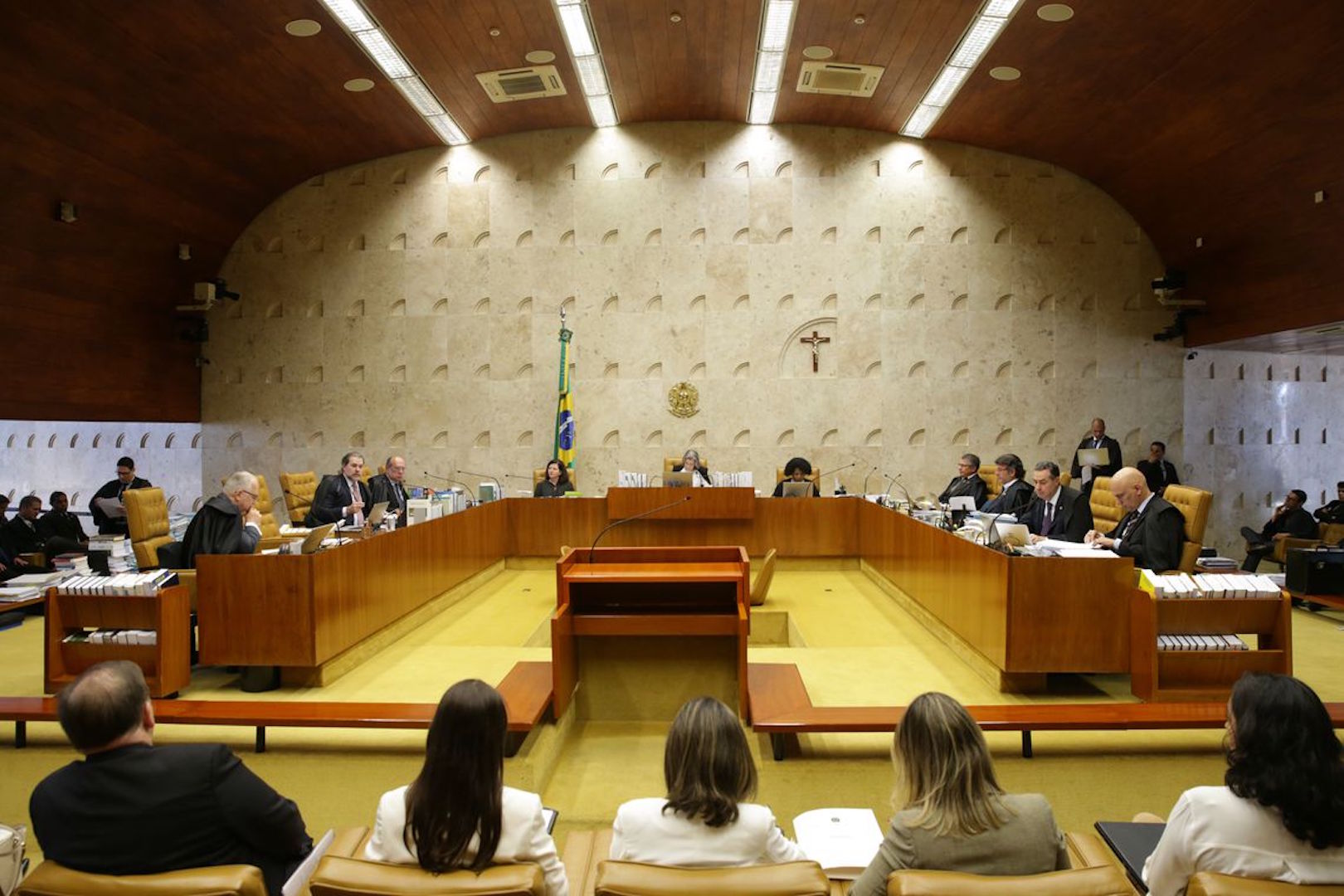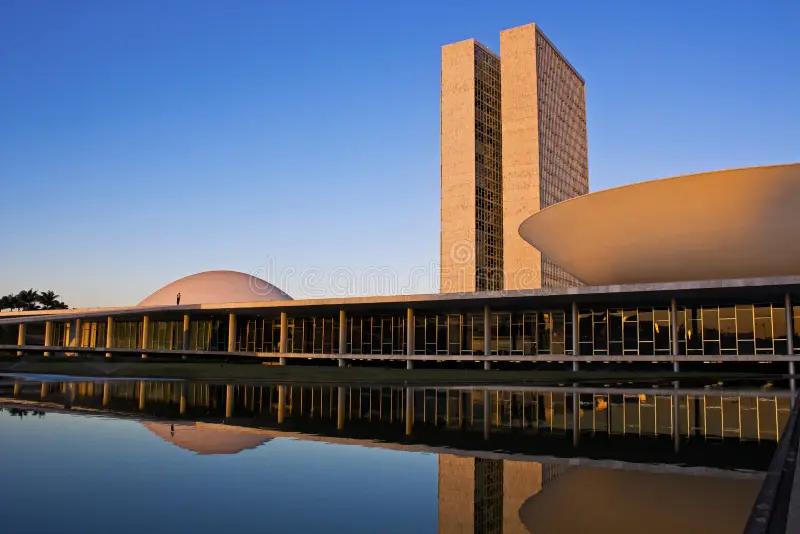Branches of Government
Executive

The executive branch of government is headed by the President and administered by the Cabinet of Ministers. These members are appointed by and can be dismissed by the President. The Cabinet consists of the Chief of Staff, Secretary of Government, Institutional Security Cabinet, Central Bank, and 21 Ministries. Cabinet Ministers are responsible for managing specific ministries. They do this by evaluating ministry programs, creating policies, and properly allocating public resources.
Legislative

The legislative branch of government is administered by the National Congress and is responsible for writing and approving new laws. The Federal Senate and the Chamber of Deputies make up the National Congress. The Federal Senate is made up of 81 members, 3 representatives from each of the states and federal districts. Elections are alternated so one-third of the members are elected after a 4 year period and the other two-thirds are elected after the next 4 years. Each senator serves an 8-year elected term. The Chamber of Deputies consists of 513 members, who are elected based on the population size of their specific state or federal district. These individuals serve 4-year elected terms.
Judicial

The judicial branch of government is designed based on a civil law adversarial system, which means that cases are tried before a jury. The courts are divided into different jurisdictions throughout state and federal governments with some specially designated courts, including: Labor Justice, Electoral Justice, and Military Justice. The two highest level courts are: the Superior Justice Tribunal and the Supreme Federal Court. The Superior Justice Tribunal hears cases when two or more Federal Regional Tribunals have ruled differently on the same federal laws or when a Federal Regional Tribunal rules in violation of a federal law. The Supreme Federal Court hears cases when a Federal Regional Tribunal rules in violation of the Constitution.
